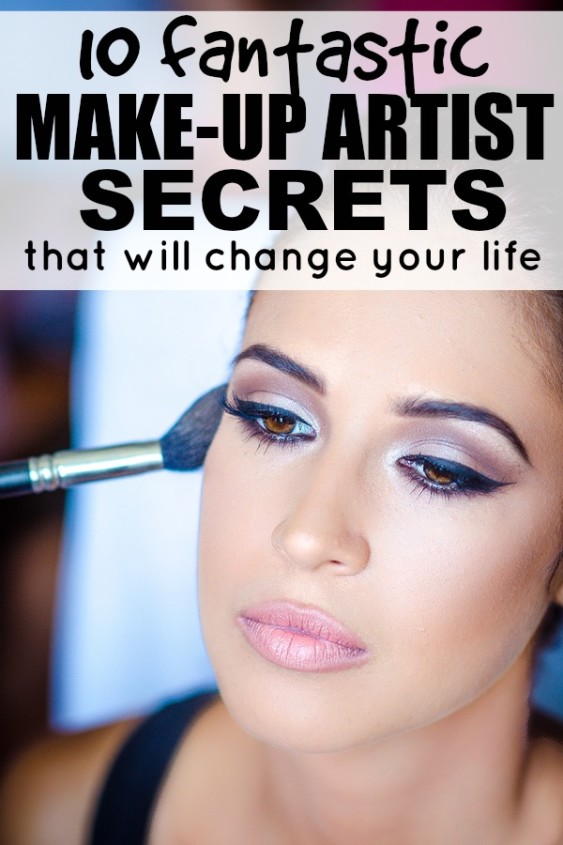Discovering the Most Attractive Nose Shape Female: Unveiling Beauty Standards Across Cultures
#### Most Attractive Nose Shape FemaleThe concept of beauty has always been subjective, influenced by culture, trends, and personal preferences. Among the v……
#### Most Attractive Nose Shape Female
The concept of beauty has always been subjective, influenced by culture, trends, and personal preferences. Among the various features that contribute to one's attractiveness, the nose plays a pivotal role. When discussing the **most attractive nose shape female**, it's essential to recognize that perceptions vary widely across different societies and eras.
In many Western cultures, a straight and slender nose is often deemed the ideal. This shape is frequently associated with elegance and sophistication. Celebrities like Angelina Jolie and Natalie Portman are often cited as examples of women with this nose shape, which has sparked admiration and emulation among many. The straight nose is perceived as a sign of youthfulness and beauty, making it a sought-after characteristic in the realm of aesthetics.
Conversely, in some Asian cultures, a slightly upturned nose or a nose with a subtle curve can be considered more attractive. This shape is often linked to a sense of playfulness and approachability. For instance, the noses of popular Korean actresses like Song Hye-kyo and Kim Tae-hee reflect this beauty standard, showcasing how cultural influences shape our understanding of attractiveness.
#### Factors Influencing Nose Shape Preferences
Several factors contribute to the preference for certain nose shapes. Firstly, media representation plays a significant role. The portrayal of female celebrities in movies, television shows, and advertisements often sets trends that influence public perception. As people idolize these figures, they may subconsciously adopt their features as desirable, including the shape of their noses.
Secondly, social media platforms have amplified the impact of beauty standards. Influencers and beauty gurus frequently share their beauty routines, including contouring techniques that can alter the appearance of the nose. This has led to an increased interest in cosmetic procedures aimed at achieving the **most attractive nose shape female**, such as rhinoplasty, which has become more accessible and popular.
#### Cultural Perspectives on Nose Shapes
Cultural backgrounds significantly influence what is considered attractive. In Latin American cultures, for instance, a fuller nose is often celebrated, as it signifies strength and character. This contrasts sharply with the Western ideal, highlighting the diversity of beauty standards worldwide.
:max_bytes(150000):strip_icc():format(webp)/byr-too-faced-better-than-sex-mascara-shannon-bauer-before-after-01-a7c791f7252644c2b5a15fc5150172ca.jpg)
In Middle Eastern cultures, a prominent nose with a defined bridge is often admired, reflecting a sense of pride and heritage. Women in these regions may prefer to accentuate their natural features rather than conforming to Western ideals, showcasing how beauty is deeply rooted in cultural identity.
#### The Evolution of Beauty Standards
Beauty standards are not static; they evolve over time. Historical periods have seen various nose shapes come in and out of fashion. The Renaissance, for example, celebrated fuller figures and more pronounced facial features, including noses. As societies evolve, so do their perceptions of beauty, influenced by factors such as globalization and changing social dynamics.
#### Conclusion

Ultimately, the **most attractive nose shape female** is a reflection of personal and cultural preferences. While certain shapes may be favored in specific contexts, beauty is inherently diverse. Embracing this diversity allows for a broader understanding of attractiveness, encouraging individuals to appreciate their unique features rather than conforming to a singular standard. As society continues to evolve, so will our perceptions of beauty, leading to a richer and more inclusive definition of what it means to be attractive.